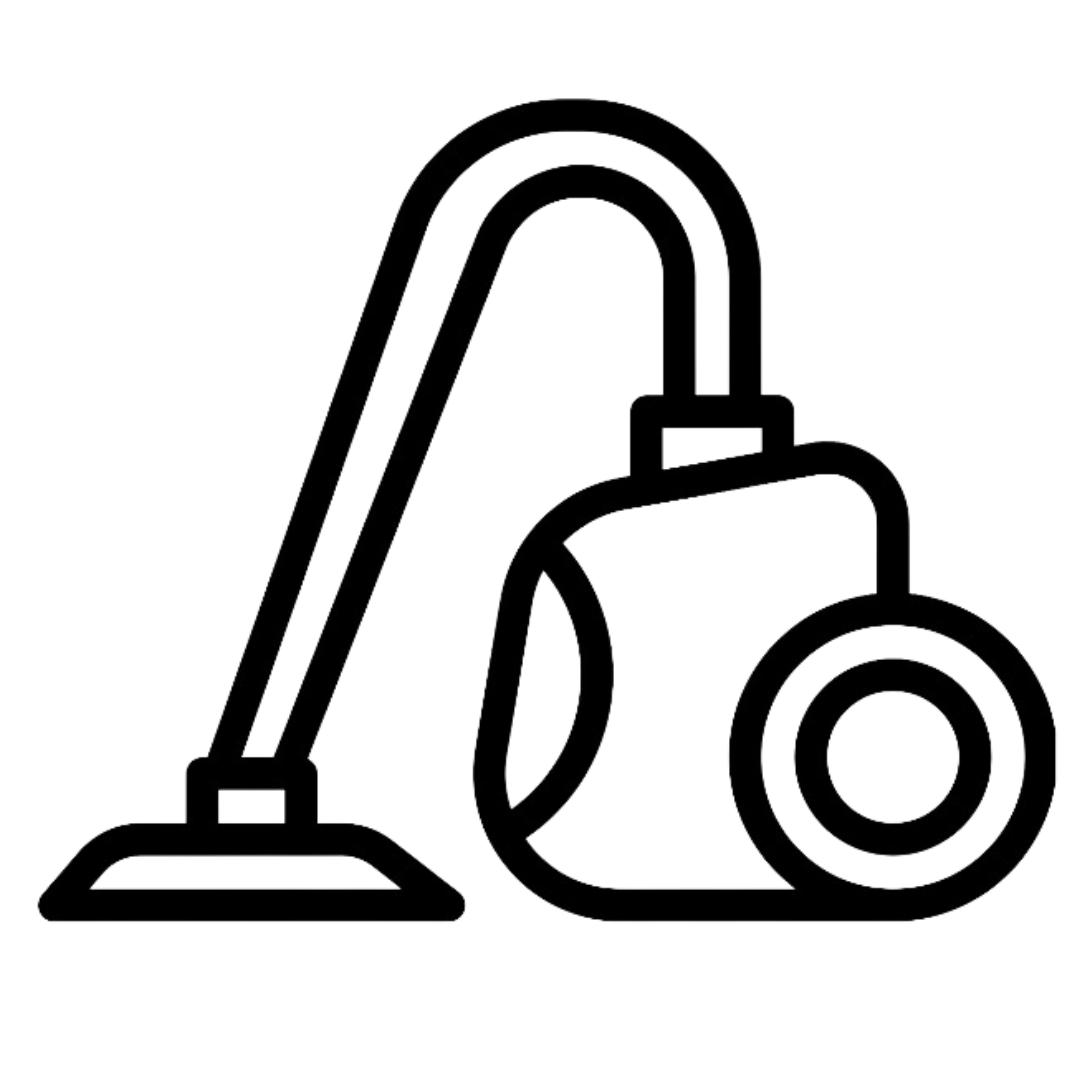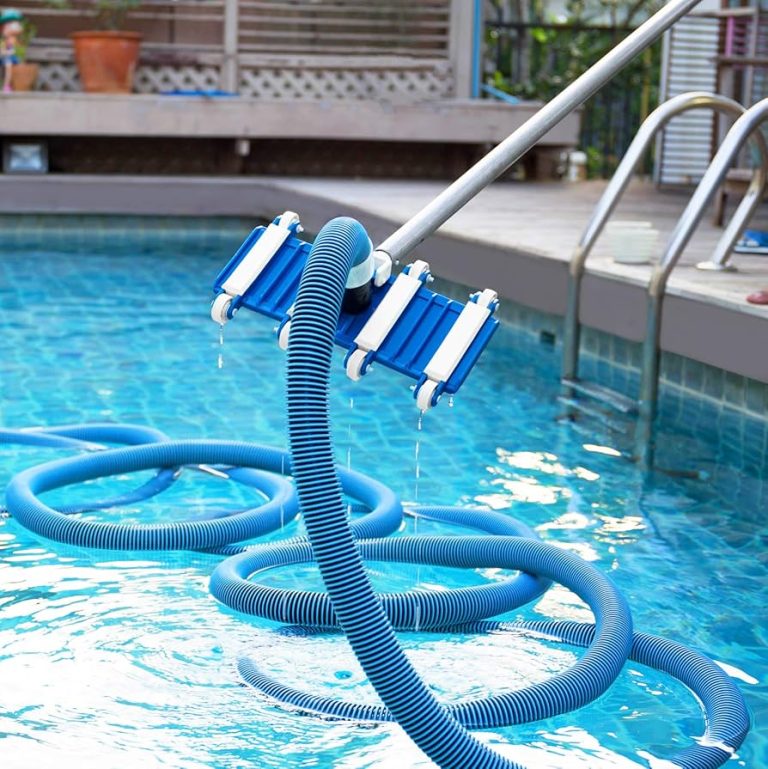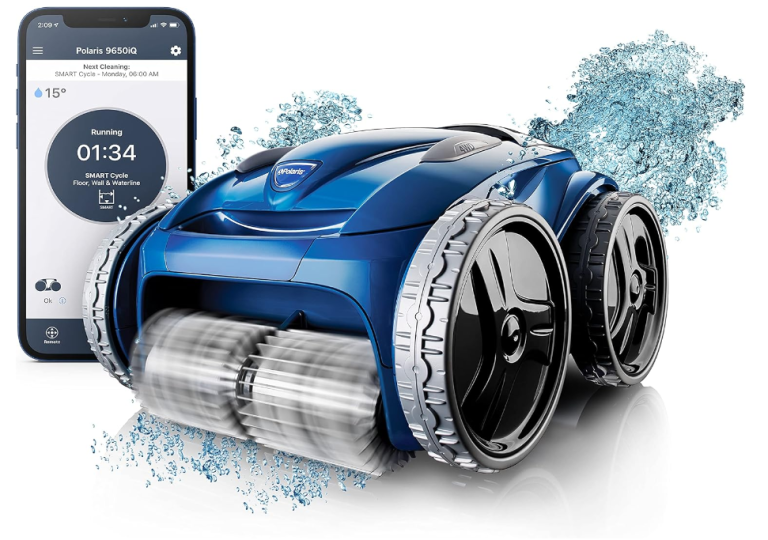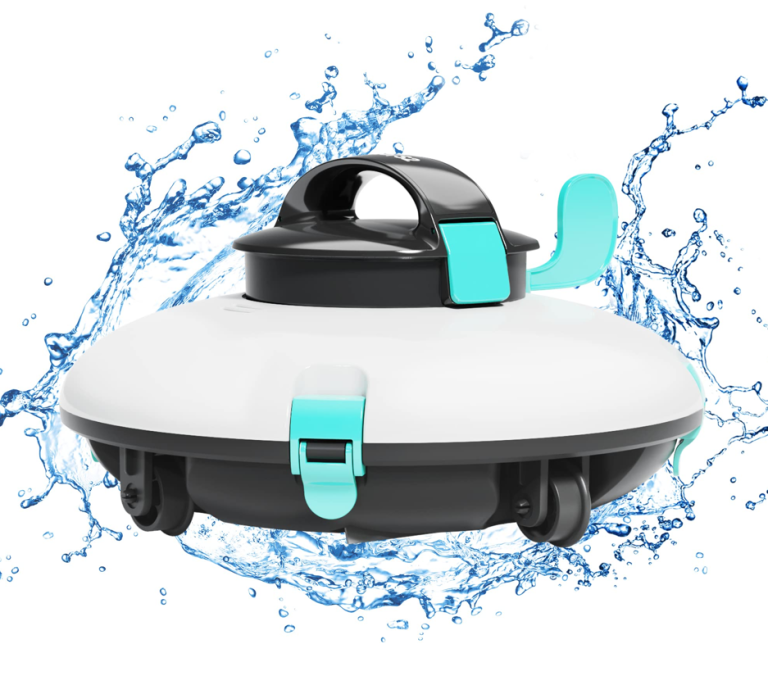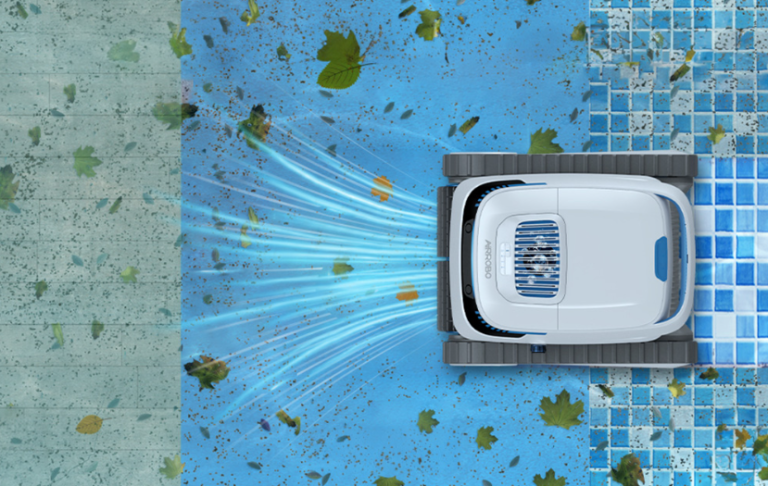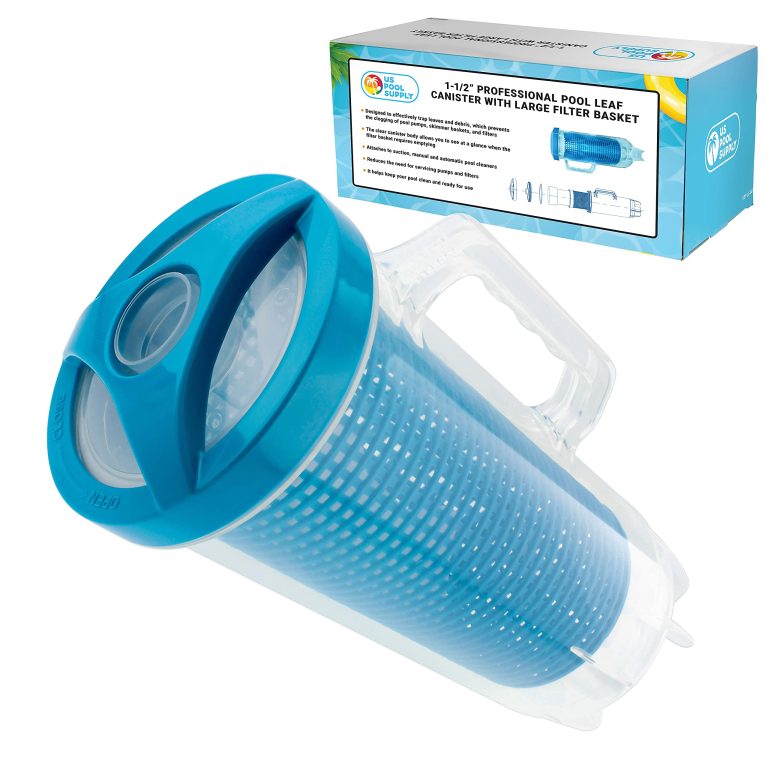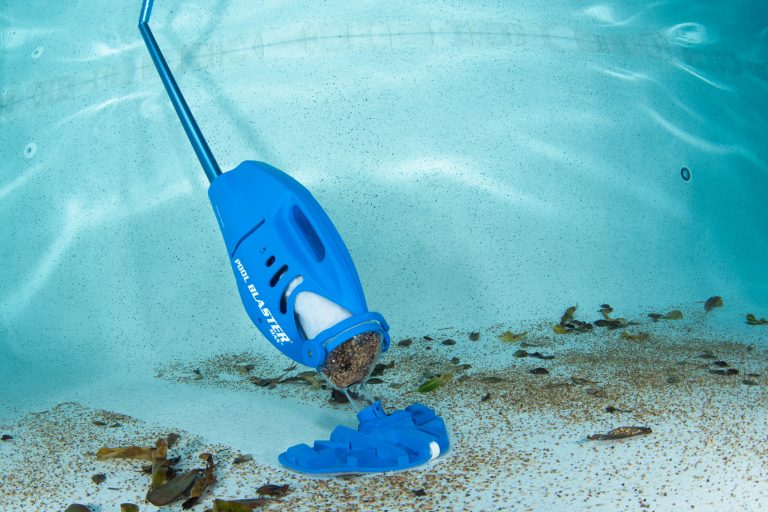Battery pool vacuum cleaners are essential tools for maintaining clean and hygienic swimming pools without the hassle of cords or external power sources. These portable devices utilize rechargeable batteries to power their suction mechanisms, allowing for effortless debris removal from pool surfaces and water. This comprehensive guide will explore the key features, top models, selection criteria, and maintenance tips for battery-operated pool vacuums, empowering pool owners to make informed decisions and keep their aquatic havens pristine.
What Are Battery Pool Vacuum Cleaners?
Battery pool vacuum cleaners are self-contained cleaning devices designed to remove debris and sediment from swimming pools. These vacuums consist of a motorized suction head, a filtration system, and a rechargeable battery pack. The suction head creates a powerful vortex to lift dirt and debris from pool surfaces, while the filtration system traps particles for easy disposal. Battery-powered vacuums operate independently of external power sources, allowing for unrestricted movement throughout the pool.
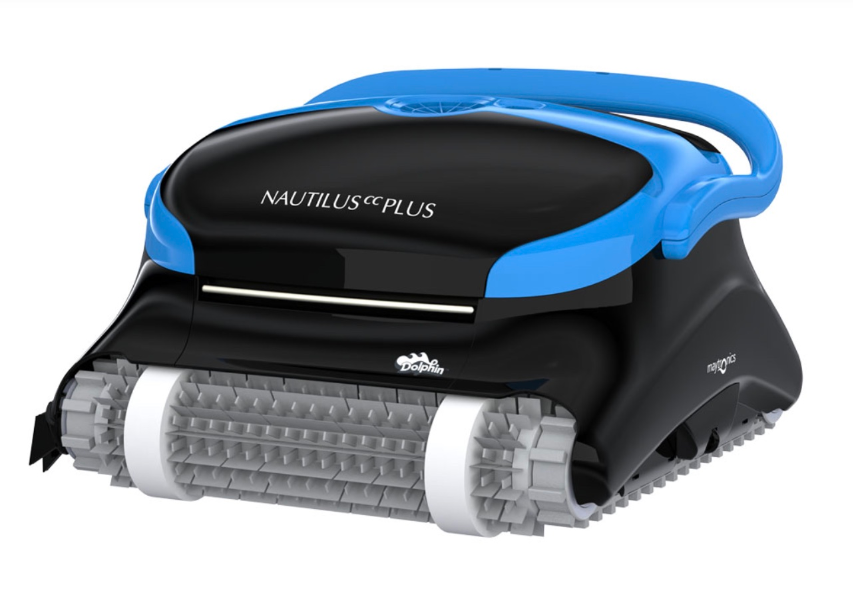
Why Choose Battery-Powered Over Corded Models?
Battery-powered pool vacuums offer several advantages over their corded counterparts:
- Portability: Users can easily maneuver the vacuum without worrying about cord length or tangling.
- Safety: Elimination of electrical cords reduces the risk of electrocution in wet environments.
- Versatility: Battery-powered vacuums can clean hard-to-reach areas and are ideal for pools without nearby power outlets.
- Convenience: No need to set up extension cords or search for power sources.
- Energy efficiency: Many battery-powered models consume less energy than corded alternatives.
Key Features of Battery Pool Vacuum Cleaners
To make an informed decision when selecting a battery pool vacuum cleaner, it’s crucial to understand the key features that contribute to their performance and effectiveness.
Battery Life and Performance
The battery is the heart of a cordless pool vacuum, determining its operational duration and overall efficiency. Two critical aspects of battery performance are:
- Typical Battery Duration: Most battery pool vacuums offer a run time between 30 minutes to 2 hours on a single charge. Factors affecting battery life include:
- Pool size and debris load
- Suction power setting
- Water temperature
- Battery age and condition
- Battery Types: Manufacturers employ various battery technologies, each with distinct advantages:
| Battery Type |
Advantages |
Disadvantages |
| Lithium-ion |
Longer lifespan, faster charging, lighter weight |
Higher cost, potential for thermal runaway |
| Lead-acid |
Lower cost, established technology |
Heavier, slower charging, shorter lifespan |
| Nickel-metal hydride |
Good energy density, affordable |
Susceptible to memory effect, shorter lifespan than lithium-ion |
Suction Power and Efficiency
The effectiveness of a battery pool vacuum cleaner largely depends on its suction power and efficiency in various pool environments.
- Suction Power Ratings: Suction power is typically measured in gallons per minute (GPM) or cubic feet per minute (CFM). Higher ratings indicate greater debris removal capability. Most effective battery pool vacuums offer suction rates between 60-80 GPM.
- Efficiency in Different Pool Types: Vacuum performance varies based on pool surface and debris type:
- Concrete pools: Require vacuums with strong suction and durable brushes
- Vinyl-lined pools: Benefit from softer brushes to prevent damage
- Fiberglass pools: Need moderate suction power and gentle brushes
Design and Build Quality
The physical characteristics of a battery pool vacuum significantly impact its usability and longevity.
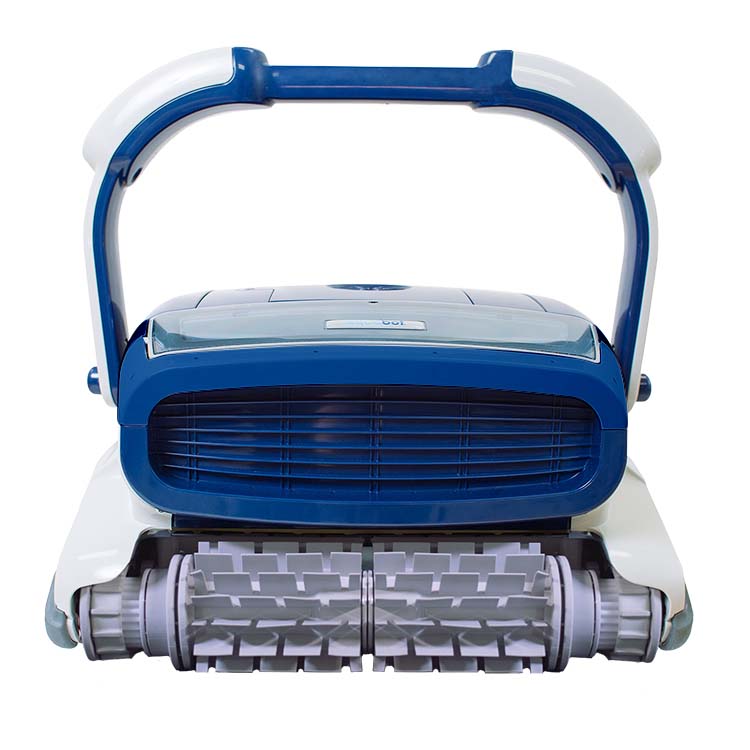
- Portability and Ergonomics: Key design features include:
- Lightweight construction (typically 10-20 lbs)
- Telescopic handles for easy maneuvering
- Swivel heads for enhanced maneuverability
- Wheels or rollers for smooth movement along pool surfaces
- Durability and Construction Materials: High-quality materials ensure longevity and resistance to harsh pool chemicals:
- ABS plastic for impact resistance
- Stainless steel components for corrosion resistance
- UV-resistant materials to prevent degradation from sunlight exposure
Charging and Maintenance
Proper charging and maintenance are essential for optimal performance and longevity of battery pool vacuums.
- Charging Times and Stations:
- Average charging time: 3-8 hours for full charge
- Quick-charge options: Some models offer 80% charge in 1-2 hours
- Charging stations: Wall-mounted or freestanding units with overcharge protection
- Maintenance Tips:
- Rinse vacuum with fresh water after each use
- Clean filters regularly (weekly or bi-weekly)
- Store in a cool, dry place when not in use
- Perform battery maintenance as per manufacturer instructions
Top Battery Pool Vacuum Cleaners on the Market
The market offers a wide range of battery-powered pool vacuums to suit various needs and budgets. Here are three top-rated models:
- AquaBot X1 Pro:
- Features: 2-hour runtime, triple-motor system, 80 GPM suction rate
- Pros: Excellent cleaning performance, smart navigation system
- Cons: Higher price point, may be overkill for small pools
- Dolphin Nautilus CC Plus:
- Features: 2.5-hour runtime, dual scrubbing brushes, weekly scheduler
- Pros: Efficient cleaning patterns, easy-to-clean top-load filters
- Cons: Limited manual steering options
- PAXCESS Cordless Pool Cleaner:
- Features: 90-minute runtime, IPX8 waterproof rating, wall-climbing ability
- Pros: Affordable, lightweight design, good for above-ground pools
- Cons: Less powerful than premium models, shorter battery life
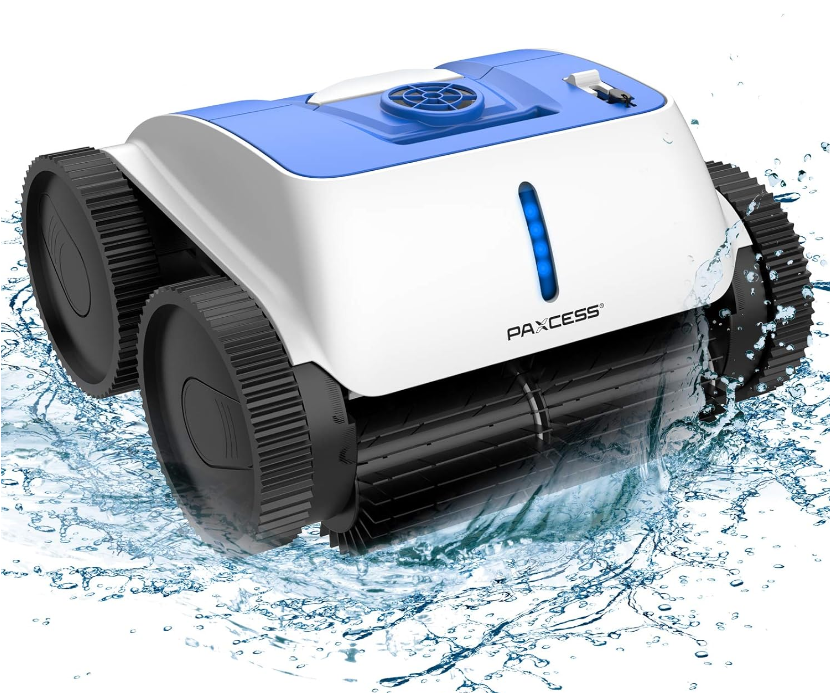
Price Range and Value
Battery pool vacuums are available at various price points, catering to different budgets and needs:
- Budget Options ($200-$500):
- Suitable for small to medium-sized pools
- Basic features and shorter battery life
- Examples: PAXCESS, AIPER SMART
- Mid-range Options ($500-$1000):
- Ideal for medium to large pools
- Enhanced features like smart navigation and programmable cleaning cycles
- Examples: Dolphin Nautilus CC Plus, Aquabot APRVJR
- Premium Options ($1000+):
- Best for large or commercial pools
- Advanced features such as app control, multi-layer filtration, and extended warranties
- Examples: AquaBot X1 Pro, Dolphin Sigma
How to Choose the Right Battery Pool Vacuum Cleaner
Selecting the ideal battery pool vacuum requires careful consideration of your specific needs and pool characteristics.
Assessing Your Pool’s Needs
- Pool Size and Shape:
- Small pools (<20 ft): Budget to mid-range options suffice
- Medium pools (20-40 ft): Mid-range vacuums with longer battery life
- Large pools (>40 ft): Premium models with extended run times and advanced navigation
- Type of Debris:
- Fine particles (dust, sand): Look for vacuums with fine filtration systems
- Larger debris (leaves, twigs): Choose models with wider intake ports and stronger suction
Key Factors to Consider
- Battery Life and Charging:
- Ensure the vacuum’s runtime is sufficient for your pool size
- Consider models with quick-charge capabilities for convenience
- Suction Power and Coverage:
- Higher GPM ratings for pools with heavy debris loads
- Look for vacuums with multiple cleaning modes for versatility
Brand Reputation and Warranty
- Trusted Brands:
- Dolphin (Maytronics)
- AquaBot
- Hayward
- Polaris
- Warranty and Support:
- Look for warranties of 2+ years
- Check for readily available customer support and replacement parts
Maintenance and Troubleshooting
Proper maintenance is crucial for ensuring the longevity and efficiency of your battery pool vacuum cleaner.
Regular Maintenance Tasks
- Cleaning and Storing:
- Rinse the vacuum with fresh water after each use
- Clean filters weekly or bi-weekly, depending on usage
- Store in a cool, dry place away from direct sunlight
- Battery Care:
- Follow manufacturer guidelines for charging cycles
- Avoid complete discharge of the battery
- Replace batteries every 2-3 years or as recommended
Common Issues and Solutions
- Reduced Suction Power:
- Clean or replace filters
- Check for clogs in intake ports
- Ensure the vacuum head is properly sealed
- Charging Problems:
- Verify proper connection between charger and vacuum
- Clean charging contacts
- Replace battery if nearing end of lifespan
Conclusion
Battery pool vacuum cleaners offer a convenient and efficient solution for maintaining clean and hygienic swimming pools. By considering factors such as battery life, suction power, and pool-specific needs, pool owners can select the ideal vacuum to suit their requirements. Investing in a high-quality battery pool vacuum not only simplifies pool maintenance but also ensures a more enjoyable swimming experience for years to come.

